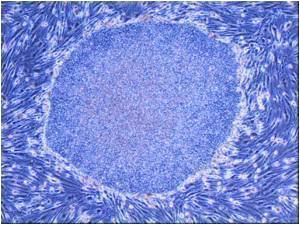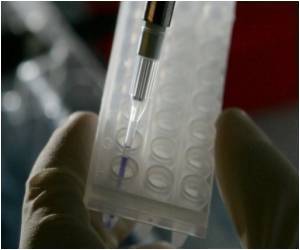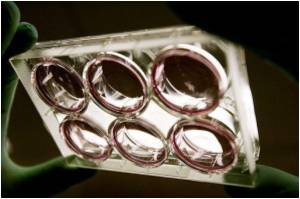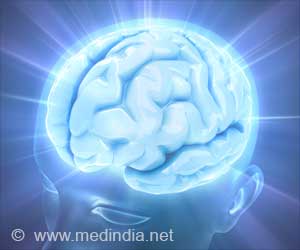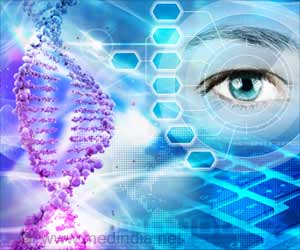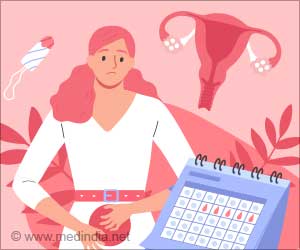Jasna Brujić, Assistant Professor, NYU Department of Physics in collaboration with Center for Soft Matter Research, discusses in depth on latest emulsion invented by her team.
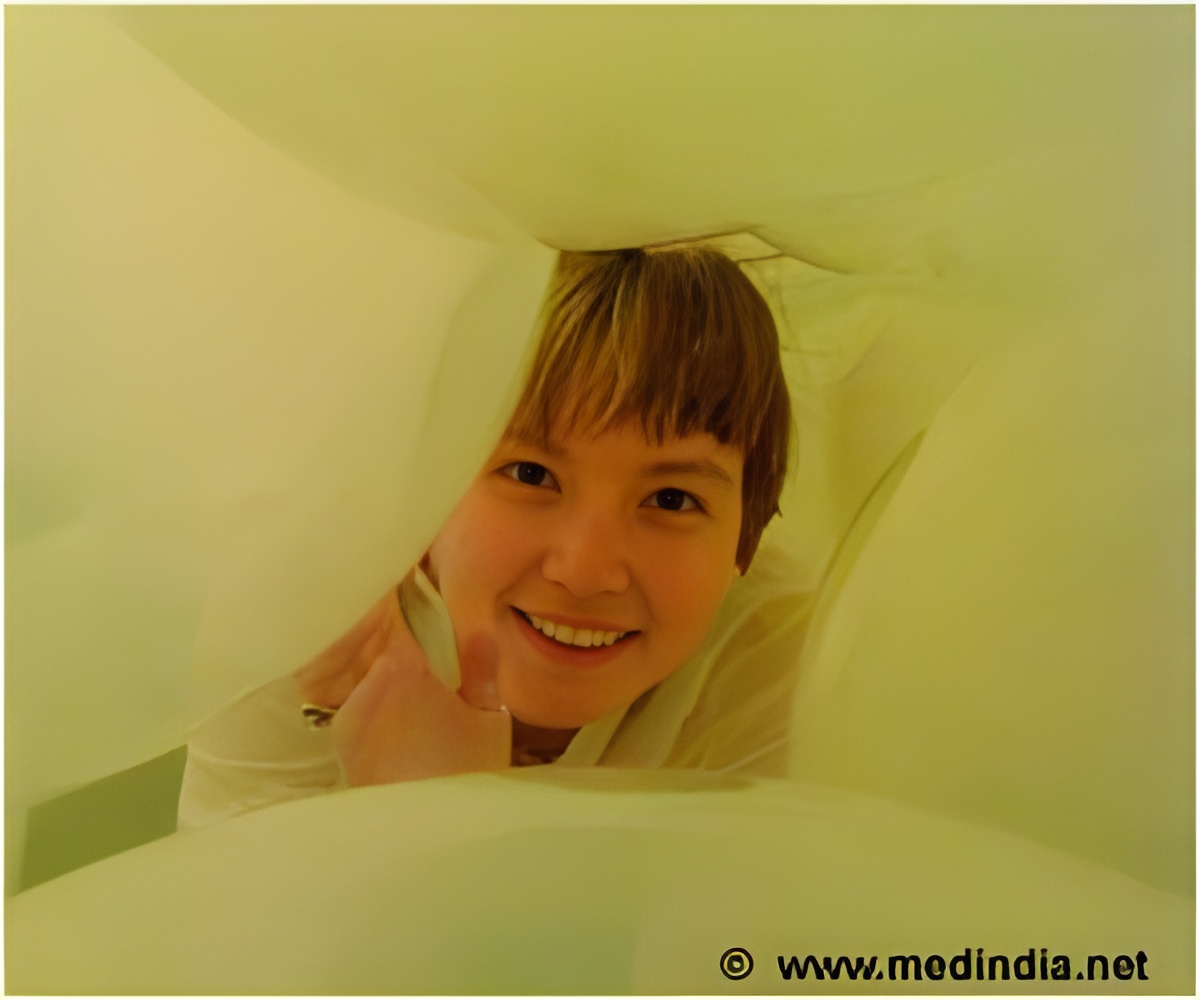
A: Lipid stabilized emulsions allow one to bind specific proteins (e.g. streptavidin or cadherin) or polymers (e.g. polyethylene glycol) to the droplet surfaces. This specificity could in principle allow one to deliver molecules of interest (e.g. drugs) to particular tissues in the body. The biocompatibility of the emulsion would make it a useful scaffold on which to culture cells in 3D, for example for tissue engineering.
Q: Can you elaborate on its industrial application and use in consumer products?
A: Possible applications for this biomimetic emulsion range from cosmetic products that seek compatibility with skin cells on which they are deposited (such as body lotions or hand creams) to food emulsions that require different levels of adhesion between the droplets (e.g. butter or mayonnaise). Tuning the adhesion between the droplets by compression or protein concentration opens novel ways to control the mechanical properties of these emulsions.
Q: How would your invention contribute to the advancement of artificial tissue engineering?
A: Our invention is ONLY a mechanical model of tissues – the emulsion has a similar bulk modulus to tissues and the forces between the droplets are of the same order as those between cells. By mimicking the chemical composition of cell membranes we can therefore probe the effect of forces and an external pressure (or load) on the intercellular protein interactions. For example, we plan to test the influence of interdroplet forces on the binding between cadherins, which are known to be a major component of cell-to-cell adhesion.
A: We are doing basic (not applied) research. We make the emulsions either by shearing the oil in water emulsion until it reaches a characteristic droplet size, or we make them drop by drop using microfluidic devices. We then compress them by centrifugation and image the resulting packing of droplets using confocal microscopy. We then test how the forces between the droplets influence the size of protein adhesions, as well as the likelihood of adhesions forming at all. We find that adhesions grow in number and in size with the applied force.
A: It would not – our emulsion system is not made of real cells and would therefore not be appropriate for organs.
Q: What are the materials used in the solution? Are they synthetic in nature? Or is the solution composed of biomaterial?
A: Yes, our emulsions are made of oil, water, lipids and proteins. It does not contain biological materials.
The study was authored by Jasna Brujić Assistant Professor, Lea-Laetitia Pontani, Postdoctoral Research Scientist, Ivane Jorjadze, Graduate Student, NYU’s Department of Physics and the Center for Soft Matter Research and Virgile Viasnoff, Associate Professor at the National University of Singapore and the French research institute, CNRS/ESPCI. Medindia wishes the team more success in all their future endeavors.
Source-Medindia

